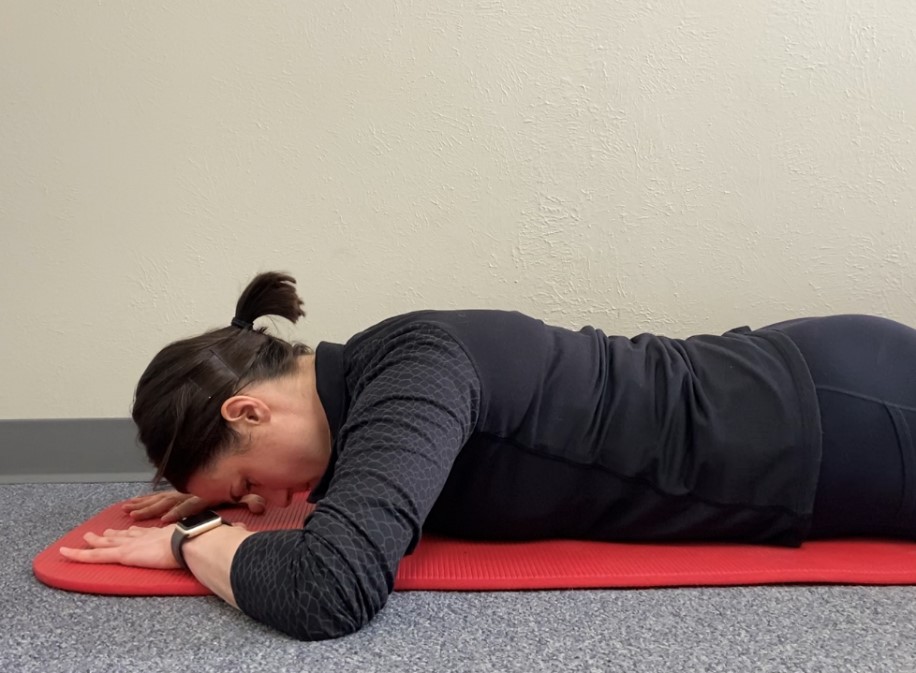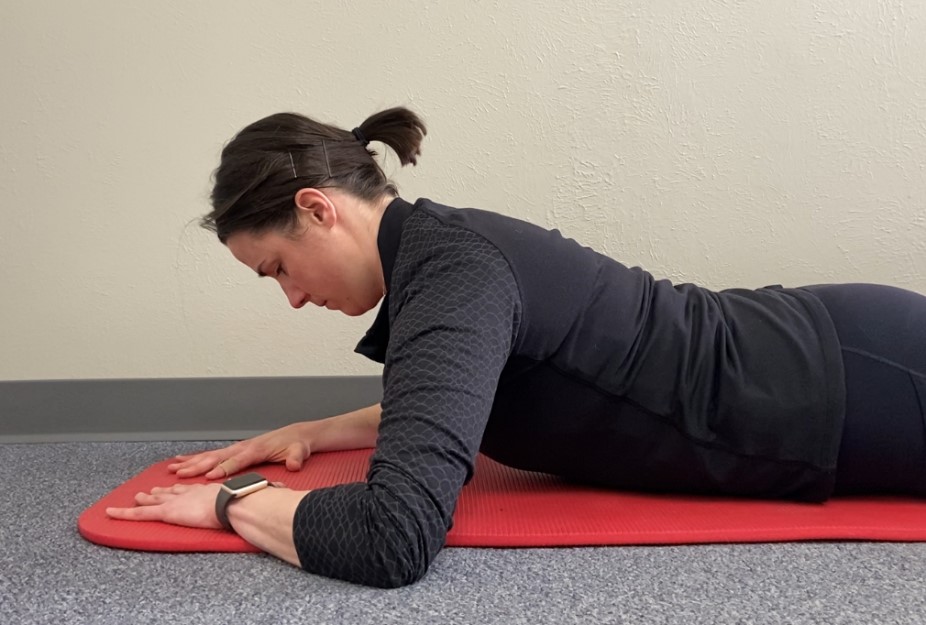Move Better - Like a 3 Month Old
Mar 30, 2020
For the most part, infants and young children move a lot better than adults, even a 3-month-old! Why is that? What movement can a 3-month-old do better than I? Let’s break it down.
Our central nervous system (CNS), made up of the brain and spinal cord, help control voluntary motor skills and movement patterns. As an infant grows and develops, so do their conscious, voluntary movements. Once they master one position, they move onto the next mile stone. For example, they will start lying on their back then transition to rolling over, crawling, sitting upright, and eventually walking. This sets them up to have proper activation and coordination of the neuromuscular system for life. We all had this mastered, that is until we compensated too much for too long from injury, too much sitting, stress, copied behaviors, immobility, diet, and an assortment of other things.
Most of us, without knowing it, have started to move a little different and perhaps a lot less. Throughout time our bodies have altered and compensated how we move and perform. For the most part we seem to still get the job done, but that altered movement comes with a price. Those achy, sharp, tight, pinching, and restricted symptoms seem to come out of know where, but really that poor movement has been building for weeks, months, or years.
Notice babies don’t come out of the womb walking. They have to go through one phase of movement at a time and master it before they can move on to the next phase. The same goes for an adult. We can’t expect to go from step 1 to step 5 if we haven’t mastered steps 2, 3, and 4. This is why some people don’t get better or reach their potential with too advanced of exercises because they never mastered the foundational movements first. So, what can do we do? We go back to the beginning; such as moving like a 3-month-old.
Three-month-old’s have lots of tummy time and are curious of the world around them. They want to see what’s out there, but they aren’t quite able to just lift their head back into extension fully without some assistance. This is when they start to integrate all of the muscles involved in scapular stabilization. Propped on their elbows they’re able to activate and stabilize themselves with use of their mid back and shoulder blade muscles. They must develop these in order to maintain the position for longer periods.
So, who do you think loses this after being all the hunched over and stressed at the computer? I’m sure you could name someone. Wonder why the neck and shoulders hurt? Hmmmm….
Okay, so the good thing is our bodies can be retrained to become more functional again, even if you’re already showing signs of pain or arthritis. Many of us have some sort of scapular dysfunction and could use a reset like this. Give this a try:
- Lie on your stomach and position your elbows to the side roughly in line with your ears. Position hands roughly 2-5 inches apart. Keep your chin tucked in so your neck stays neutral.
- Feel your core and diaphragm engage as you breathe. This is all felt in your belly.
- Slightly push the inside of your elbows into the floor and keep your shoulders DOWN. Feel the extra engagement of your shoulder blades. Push into the floor through your inner elbows as you protract your shoulders so that your chest rises away from the floor. You should be feeling your mid back and shoulders working.
- Don’t let your shoulders shrug up and don’t let your shoulder blades “wing”. Keep your chin tucked. Don’t let your low back or glutes help.
- Hold the position for 10 seconds+ and complete as many reps until the quality changes.
Now, that’s a lot of little things to keep track of for such a small movement. Remember your core and breath are just as important. We can’t do exercises well without our foundation properly being used. Luckily, we’re here to help with all of it! For those who have shoulder pain, elbow pain, or even neck pain, this may be a great exercise for you to master before moving on to some more challenging ones.
Give it a try and stay tuned for more developmental kinesiology to help aid your recovery!
SCAPULAR STABILITY EXERCISE instructions see YouTube video.
Dr. Brit MacLennan
Arvada Sport and Spine Group

